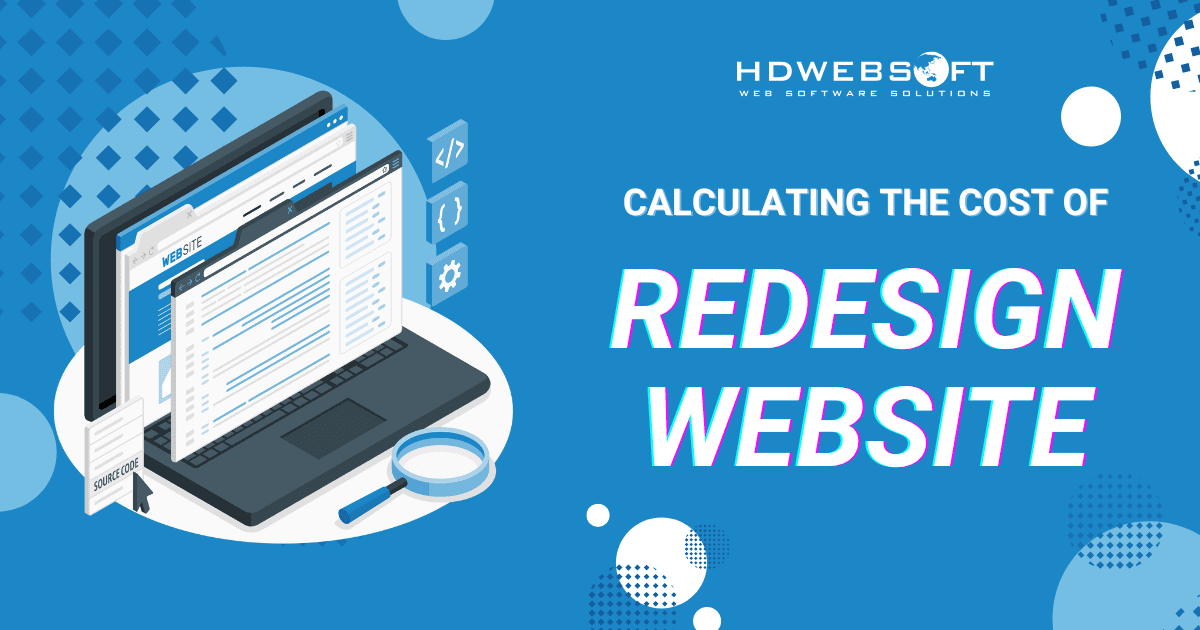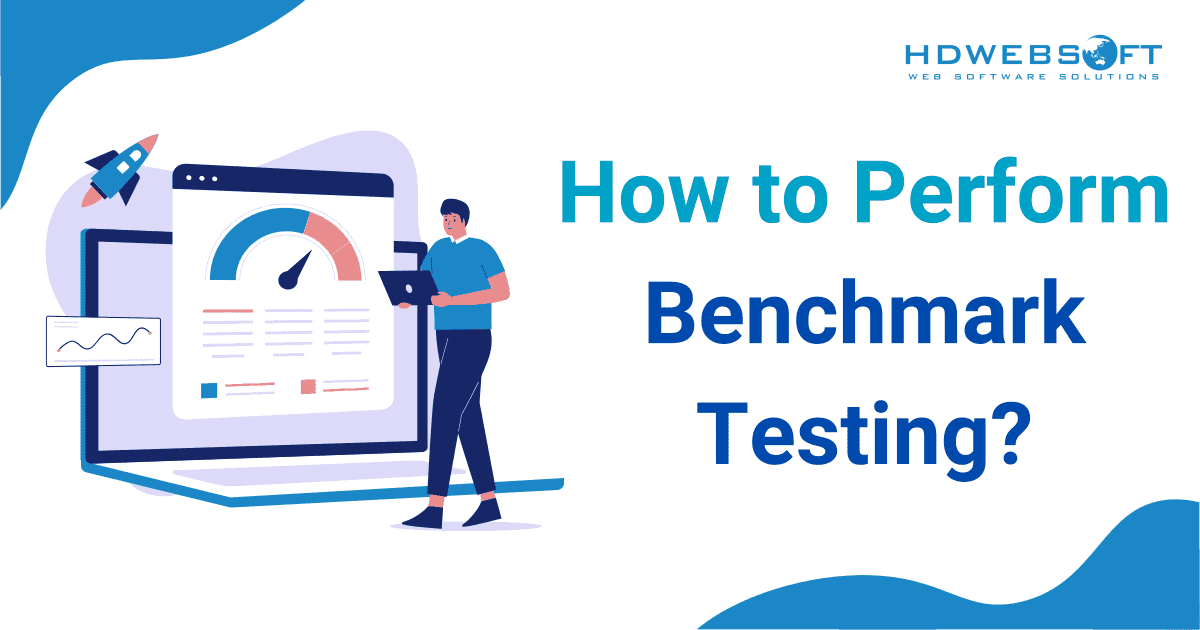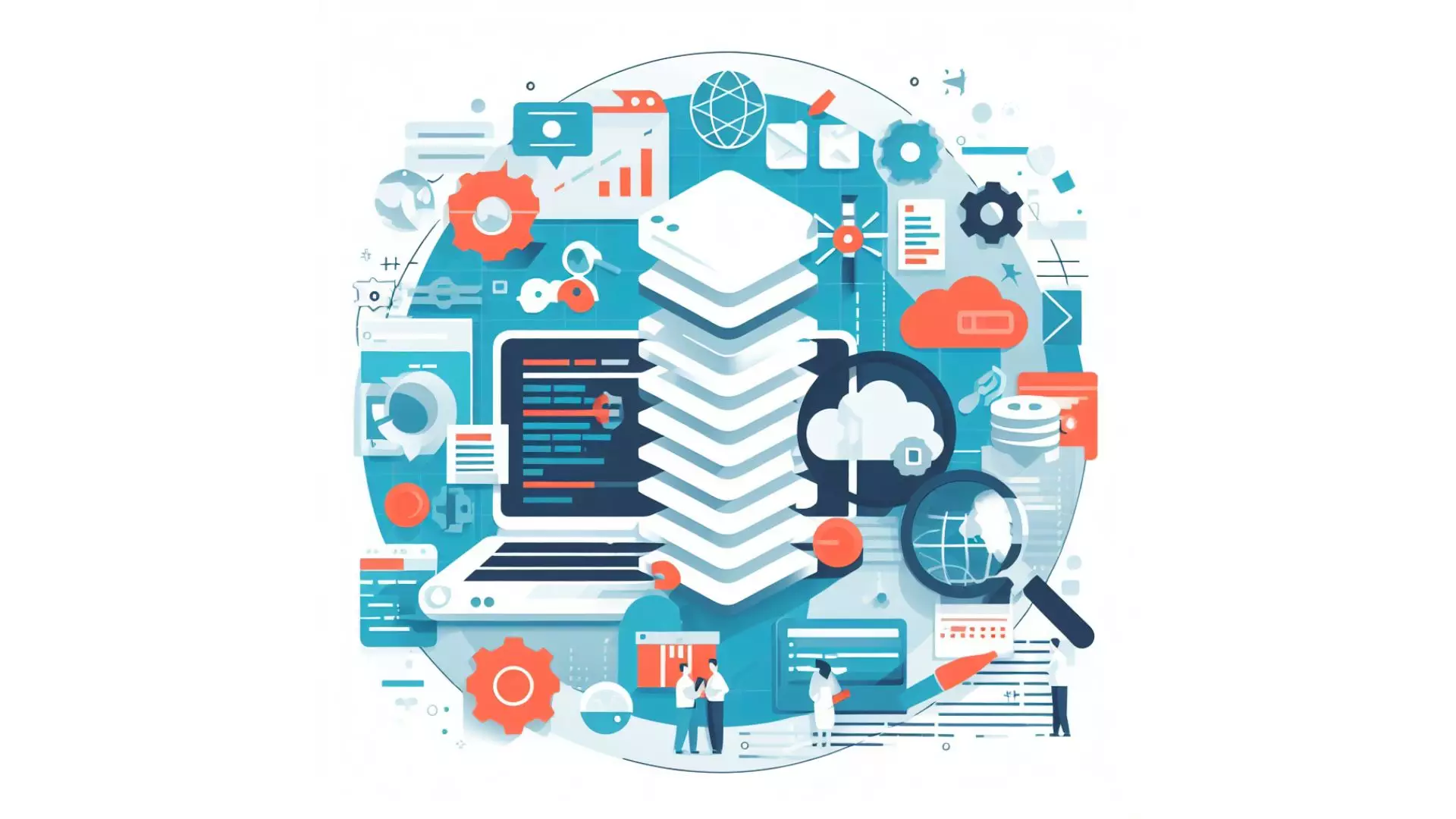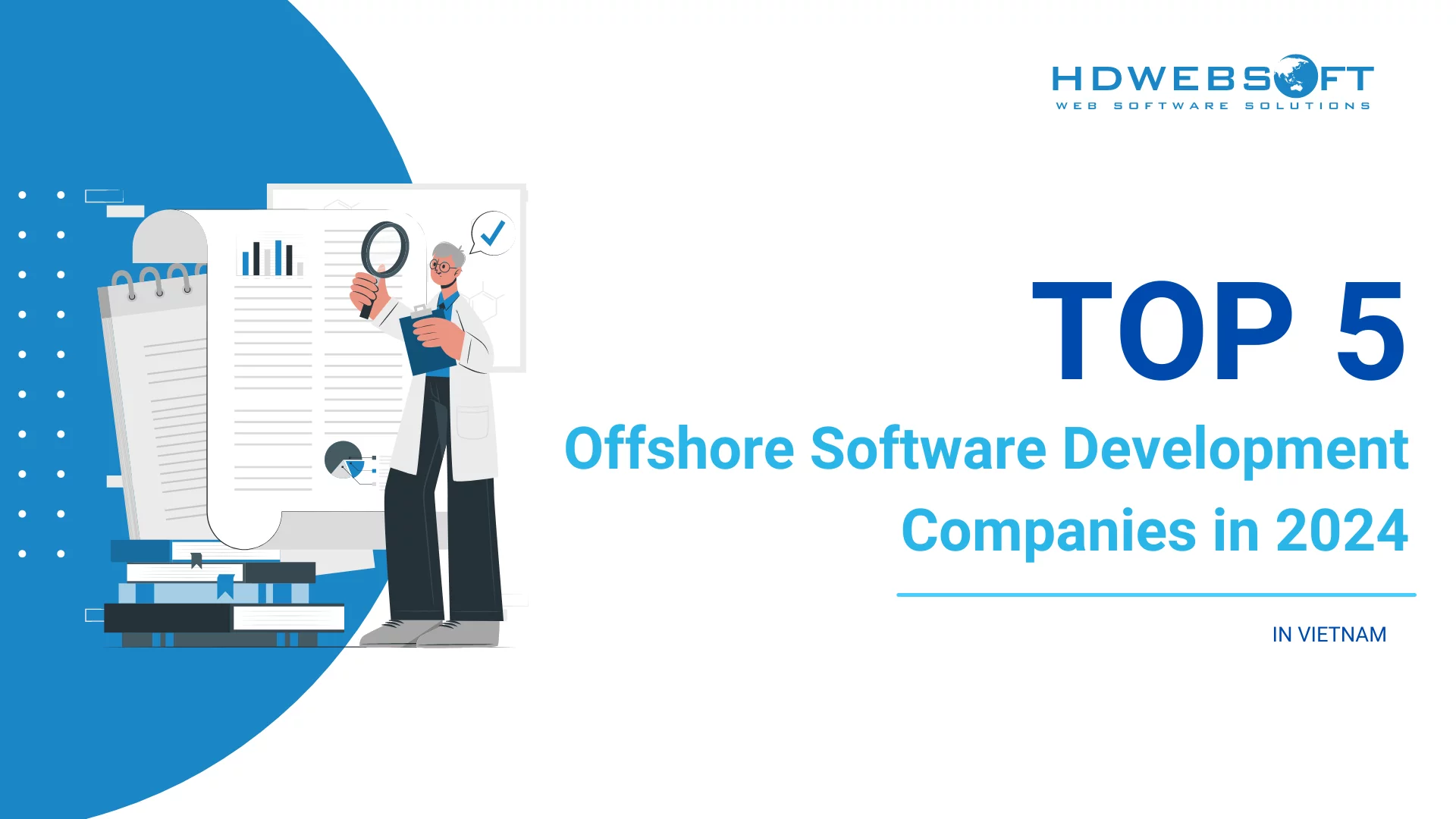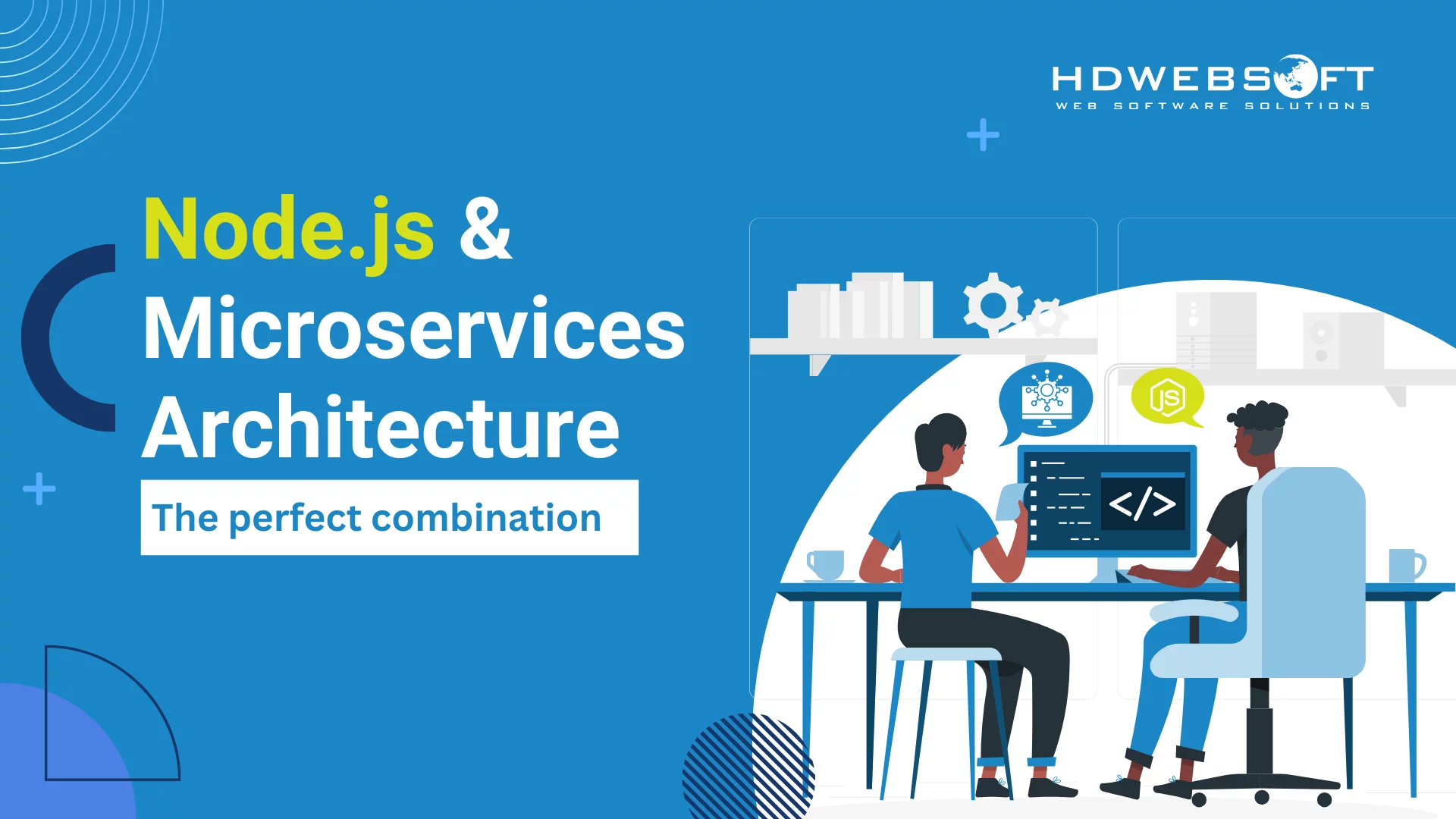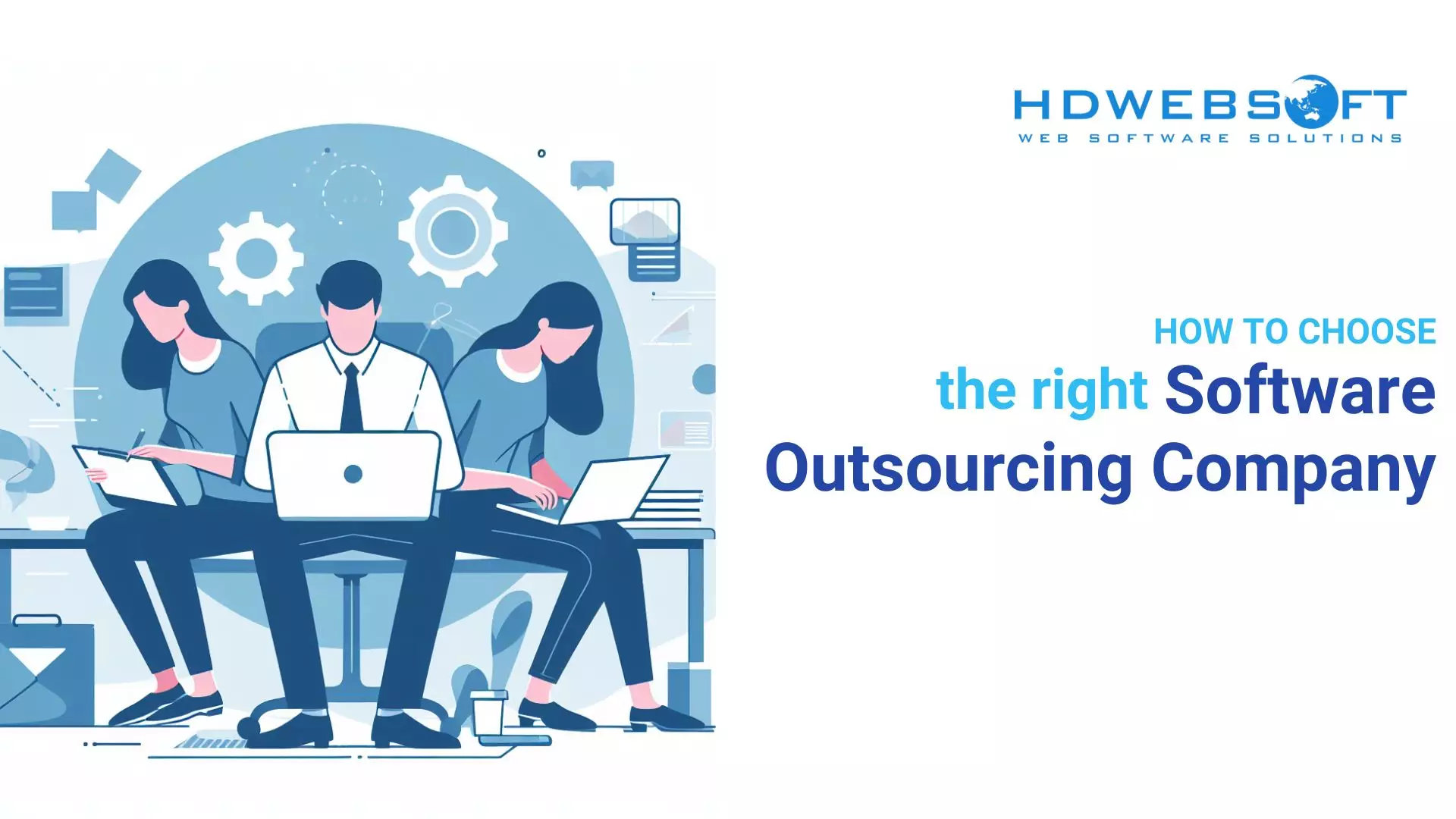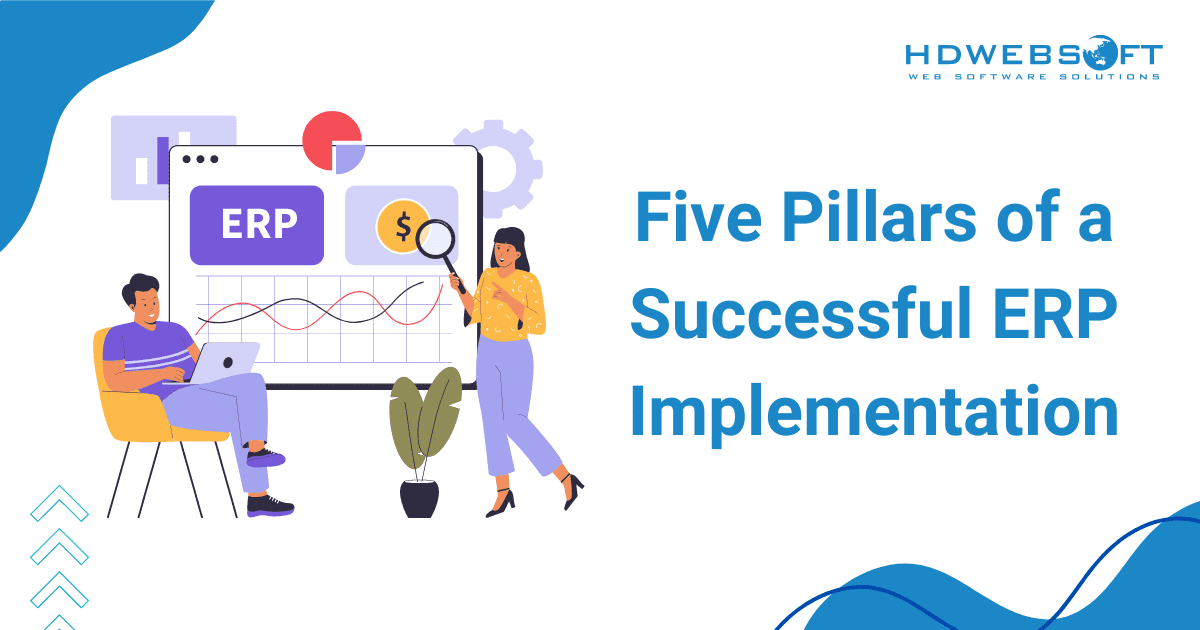
Five Pillars of a Successful ERP Implementation
ERP implementation has undoubtedly become indispensable for businesses seeking to streamline operations, improve efficiency, and drive growth. However, implementing an ERP system might undoubtedly be an arduous and difficult process. Thus, a successful ERP implementation is not only a matter of good planning and execution but also needs ongoing management for long-term success.
In this blog, we will discuss the ERP integration phases, why those projects usually fail, and the five pillars of implementation success. HDWEBSOFT is a software company in Vietnam, and we’ve helped many clients implement ERP systems in their workspaces. In that light, we’re happy to share our case studies and offer a glimpse into the actual ERP implementation cost.
ERP implementation phases
Successful ERP implementation requires careful planning, coordination, and execution. It typically follows several structured phases to ensure the system fits the organization’s needs and is smoothly integrated into its daily operations. Here’s a breakdown of these critical phases:
Planning Phase
The first phase of ERP integration is planning, which serves as the foundation for the entire project. In this phase, the company identifies the weak points in the organizational systems and processes and plans for improvement. Additionally, a project team is formed with relevant stakeholders from different departments to guarantee diverse perspectives and creative solutions.
During this phase, the company also sets the scope and objectives of the project. It’s very important to define an ERP system’s goals explicitly—whether it’s improving efficiency, integrating functions, or enhancing reporting capabilities. Besides, the company acquires the right ERP vendor by comparing systems based on their functionality, cost, and scalability.

Forming a project team of different stakeholders with different perspectives for a successful ERP implementation.
In short, planning is all about setting the stage. Without a clear, well-defined plan, companies risk delays and budget overruns down the line. The importance of this phase cannot be overstated.
Design Phase
Once the planning is completed, the design phase of the ERP implementation process begins. In this process, the primary point is setting up the ERP system to meet the organization’s specific requirements. Each company operates through different rules, such as its processes, workflows, and operational requirements. The design phase involves tailoring the ERP software to accommodate these distinctions accordingly.
The project team works closely and collaborates the most with the vendor to set up the system. This might require restructuring the modules dedicated to various departments, such as finance, human resources, or supply chain. The prepared plans map workflows that run parallel to the business as well as the required connections with the current network connections.
Desirably, properly designing the system makes sure it is a true fit for the business. Inadequate and rashly conceived designs often result in widespread dissatisfaction among system users. Therefore, it’s crucial to pay attention to the details of this stage.
Data Migration Phase
Data migration is the main part of the ERP implementation phase, and it is a must, regardless of whether you’re implementing an on-premises or cloud-based ERP system. This phase begins with extracting, transforming, and loading data from the company’s existing systems to the ERP system. This can be applied to the job through customer details, financial data, stock levels, and employee data, just to name a few.
Big data migration is sometimes a difficult and time-wasting procedure, but it is required for the success of an ERP system. If the data is inaccurate or incomplete, it can cause problems in daily operations and decision-making. In order to eliminate this risk, companies typically perform the data migration with data samples before transferring everything over.
Data migration is an important part of the ERP implementation process.
Testing Phase
Once the system design is completed and the data has been migrated, the next step is testing. For this stage, the main objective is to check whether the ERP system will operate normally. The tests usually involve modules, workflows, and integrations. Employees from different departments must use the system to find out whether it meets their listed requirements.
The ERP implementation software tests are necessary because this is where prospective troubles or bugs are caught and fixed. If this phase is rushed or given insufficient time, it may lead to significant problems in dealing with operations once the system goes live. Therefore, each part of the system should be checked meticulously before any further moves are decided upon.
Deployment and Go-Live Phase
The last step in implementing an ERP system would be the actual deployment, better known as the go-live phase. The system is fully deployed and working at all levels of the organization. While this is a huge milestone, it is also a time for close monitoring.
During deployment, the project team ensures that everything is functioning as expected. Support at go-live is crucial in workarounds and resolving unexpected issues. Additional employee training or troubleshooting might still be required to get them fully comfortable with the new system.
Deployment does not mark the end of the road. Rather, it’s the beginning of a new operational era for the company, as continuous support will optimize the system.
Why ERP implementation fails
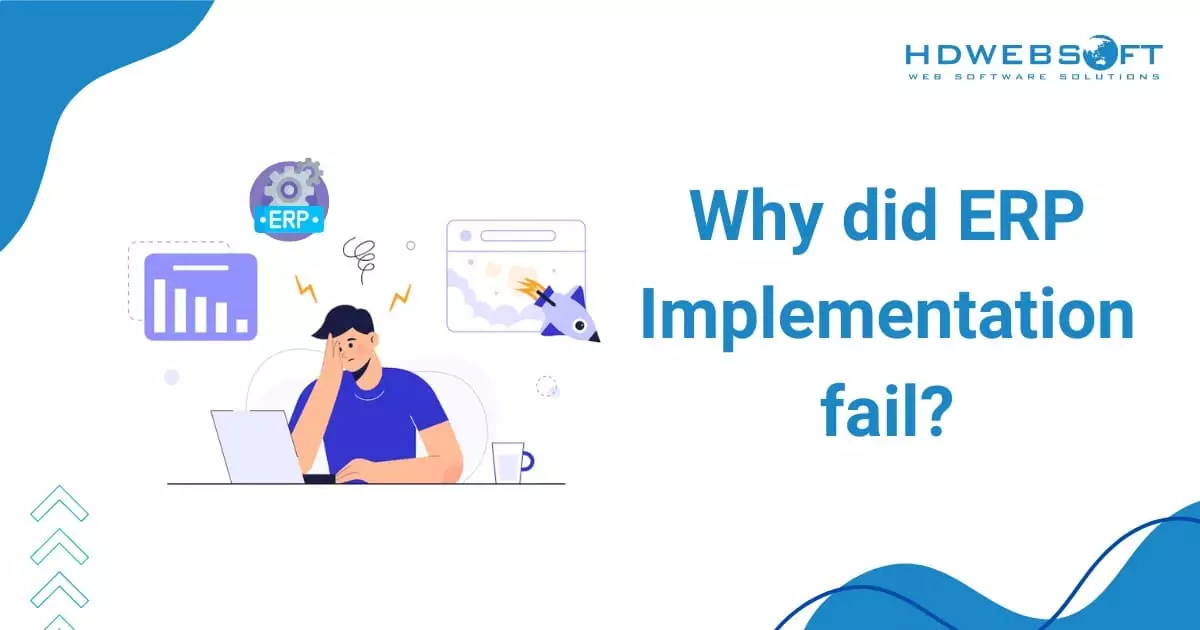
ERP implementation is a complex process, and despite its potential benefits, many projects fail to meet expectations. There are several reasons for these failures, and they often stem from a combination of organizational, technological, and strategic missteps:
Poor Software Fit and Inaccurate Requirements
One of the most common reasons for failure in ERP implementation is selecting software that doesn’t fit the company’s needs. It’s easy to apply the wrong ERP system without a deep analysis of the business requirements to address one’s key pain points or align with future goals.
Misaligned requirements are one of the leading causes of ERP implementation failures, leaving many organizations struggling to achieve their desired outcomes. When businesses rush into software selection without fully understanding their unique needs, they risk choosing a solution that fails to align with their goals or operational workflows. Therefore, companies need to conduct proper requirement analyses before selecting software to avoid potential issues.
Lack of Executive Commitment
The majority of ERP projects are failures due to the lack of leadership involvement. It is challenging for the project to achieve much without the executives being fully committed. As a consequence, not all necessary resources, including funding and cross-functional collaboration, can be ensured.
For the record, executives should be supporters and advocates of these projects and also extensively support the process. A report shows that 44% of ERP projects fail due to a lack of leadership buy-in. In many cases, when this kind of executive sponsorship is lacking, teams easily get lost, and the project faces delay or derailment.
Insufficient Training and Change Management
Another very important reason for the failure of ERP implementation is poor training and an ineffective change management strategy. Specifically, employees must be trained on the workings of the new system, which, unfortunately, is often neglected by organizations. As a result, poor change management leads to user resistance, poor adoption rates, and miscommunication.
Ultimately, an effective, well-designed training program that addresses the needs of the users holds the key to success in ERP.
Insufficient Resources
ERP integrations are resource-intensive projects, requiring a lot of time, effort, and expertise from the employees. Resultantly, delays and failures to achieve the desired results are almost a foregone conclusion. This is particularly true without the proper allocation of the right number of skilled resources to the project.
Of course, the hiring of external consultants will help bridge these resource gaps. However, internal employees also need to be available to make a project successful.
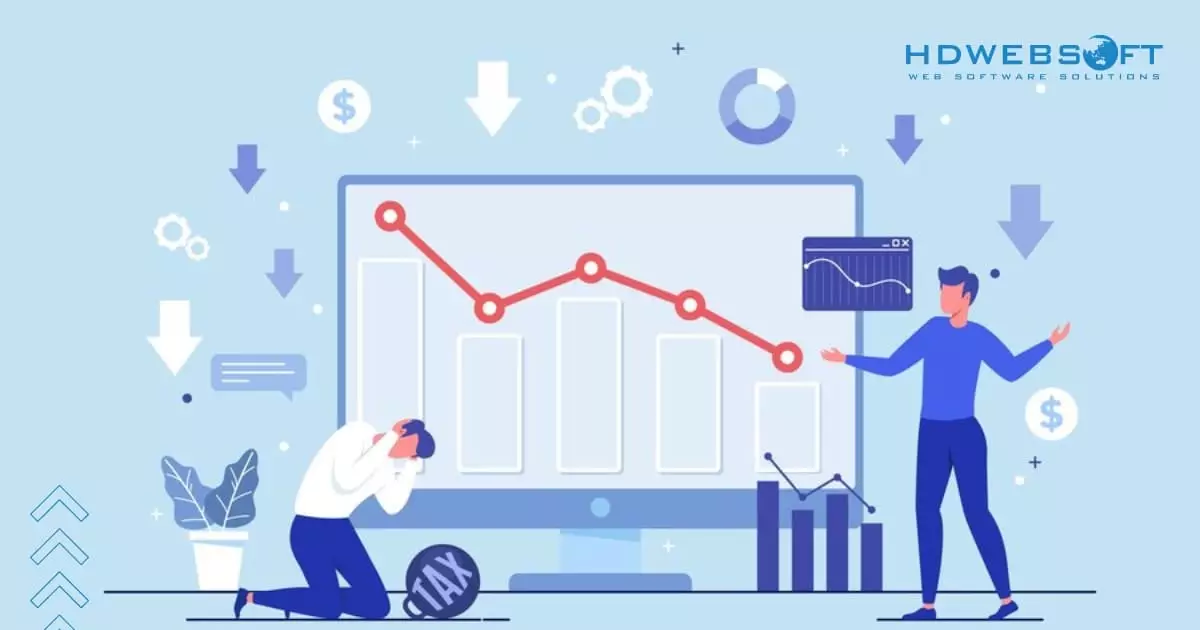
A successful ERP implementation requires extensive resources, which might be a challenge for SMEs.
Underestimating Data Cleansing and Migration
Data issues can bother an ERP implementation project if a firm doesn’t properly clean and migrate data from the old systems coming into the new ERP. Inaccurate or redundant data transfer will definitely cause disruption in the workflows and poor decisions. Accordingly, ensuring high-quality data with proper migration processes will help avoid ERP failure.
The Five Pillars of a Successful ERP Implementation
For the transformation of an ERP system to occur, certain foundational pillars must be in place to guide the process. These five pillars serve as critical support for a smooth and effective ERP journey:
Clear Vision and Strategic Goals
The first pillar of a successful ERP implementation is having a well-defined vision and a set of strategic goals. It’s essential to understand why the company is investing in an ERP system in the first place. Are you looking to improve operational efficiency, enhance reporting capabilities, or integrate various departments? These objectives need to be clear from the outset.
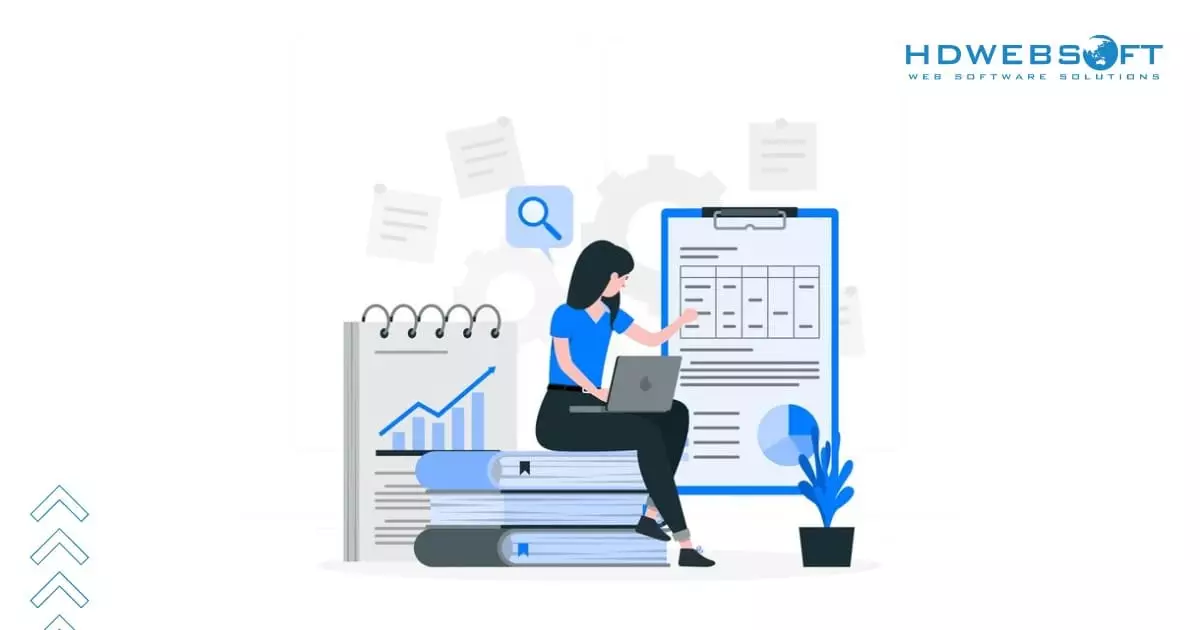
Defining clear goals and vision for an ERP integration project is of utmost importance.
A clear vision aligns everyone involved in the project, from the top executives to end users. This alignment helps ensure that the ERP system is tailored to the company’s specific needs and that it drives the desired business outcomes. Consequently, without strategic goals, the implementation risks becoming a directionless, resource-draining project.
As you define your goals, ask yourself: What does success look like? How will the ERP system help achieve that?
Strong Executive Sponsorship
No ERP project can succeed without strong and sustained leadership from the executive team. The second pillar is executive sponsorship, which ensures that the project has the necessary backing in terms of resources, budget, and decision-making authority. Executives must actively participate in the ERP implementation project by approving it, removing roadblocks, and making timely decisions.
An ERP project impacts the entire organization, so executive buy-in across all departments is critical. Without this, there’s a risk that some departments may resist the change. In such cases, they may view it as something being forced upon them rather than as a beneficial tool.
Therefore, the role of the executive sponsor is to keep all stakeholders aligned and motivated throughout the process.
You may interested: 10 Reasons Why IT Outsourcing Fails.
Effective Change Management
The third pillar of a successful ERP implementation is a robust change management strategy. Implementing an ERP system is not just about introducing new technology; it’s about changing the way people work. Employees may resist the new system, especially if they’ve been using legacy systems for years. That’s why managing the human aspect of the change is critical.
An effective change management strategy involves regular communication with employees, helping them understand the reasons for implementing the ERP and highlighting its benefits. Providing adequate training is another key aspect, as it ensures users are confident and capable of navigating the new system. Owing to that, with the right change management plan, resistance is minimized, and adoption rates soar.
Comprehensive Data Migration and Integration
The fourth pillar focuses on data migration and integration. Indeed, data is the backbone of any ERP system, so ensuring accurate and clean transfer from legacy systems is vital. Furthermore, this phase involves careful planning to ensure that all relevant data is properly migrated and integrated into the new system. Specifically, this includes financial information, customer records, and inventory.
Without clean, organized data, your ERP implementation system won’t deliver the insights and efficiencies it promises. It’s important to involve data experts and rigorous testing during this phase to avoid hiccups once the system goes live. Companies that underestimate the importance of data migration often face issues with data integrity, leading to costly errors and inefficiencies.
Ongoing Support and Continuous Improvement
The final pillar of a successful ERP integration is ongoing support and continuous improvement. The implementation process doesn’t end once the system goes live. Consequently, post-launch support is essential to resolve any issues that arise and ensure that the system is functioning optimally. Employees may as well need additional training, and there may be bugs or process inefficiencies that require fine-tuning.
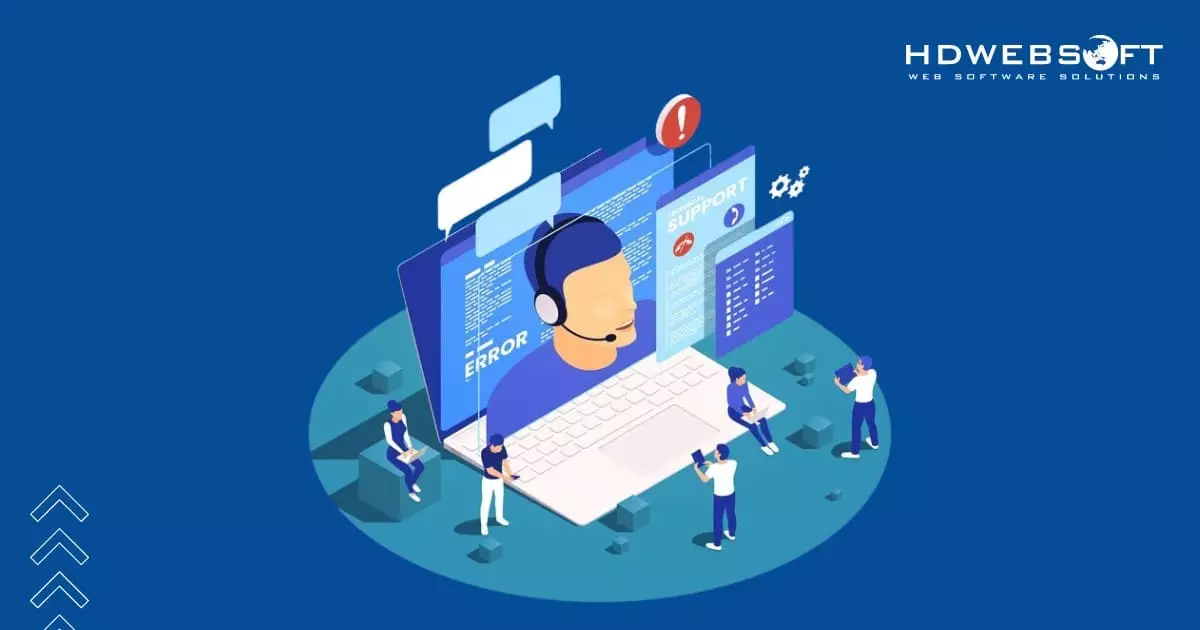
Issues might arise after launch, and the vendor can help train employees on how to use the ERP implementation effectively.
Moreover, as your business evolves, your ERP system should evolve with it. Continuous improvement means regularly reviewing the system to meet current business needs. It also makes sure that integration with any new technologies or processes that may emerge.
In short, ERP implementations are not static; they are dynamic tools designed to grow with your company.
HDWEBSOFT ERP Implementation Case Study
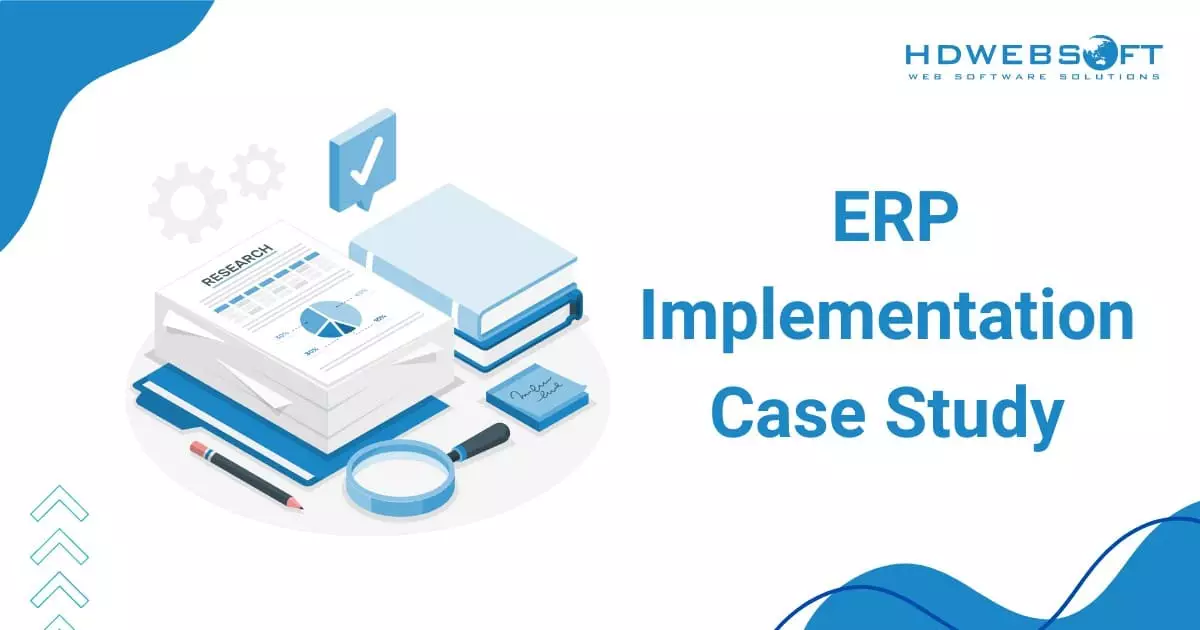
As an ERP development company, HDWEBSOFT has assisted many clients in implementing ERP for their existing systems. Here are some of the case studies from our past projects:
ERP Integration to an All-in-one Seller Workspace
HDWEBSOFT successfully implemented a tailored ERP solution for a client using Lightspeed Point of Sale (POS), transforming their business operations. Initially, our client faced challenges with manual data entry, disconnected systems, and managing background jobs while integrating third-party APIs. We had provided a comprehensive platform that eliminated these inefficiencies.
This effortless integration of Lightspeed POS into the ERP system has resulted in improved performance, streamlined processes, and informed decision-making.
Read more about this project here.
Netsuite ERP Integration
A growing retail company needed a NetSuite ERP implementation with Heartland Retail Point of Sale (POS) to streamline operations. After careful consideration, they decided to trust and come to HDWEBSOFT for help.
Our client required a smooth data sync between the two systems to manage inventory, billing, and financial processes more effectively. HDWEBSOFT faced the challenge of ensuring data flowed back and forth between NetSuite ERP and the POS system without errors or delays.
Leveraging our expertise, HDWEBSOFT successfully implemented the integration, allowing clients to centralize their operations within an all-in-one seller workspace. And the desired result? The ERP system improved their overall efficiency and decision-making capabilities.
Check out this case study here.
How much does it cost to implement an ERP system?
The cost of ERP implementation varies significantly based on factors like company size, system complexity, and customization needs. Integrating an ERP system can range from $150,000 to $750,000 for small to mid-sized businesses. For larger enterprises, on the other hand, the costs could exceed $1 million.
These estimates include software licensing, implementation services, training, and data migration. Additionally, maintenance and ongoing support also add to the long-term expenses. In contrast, cloud-based ERPs like NetSuite may offer more scalable options, reducing upfront costs.
Each business should evaluate its specific needs and talk to vendors to get an accurate estimate for their ERP integration.
Final words
Implementing an ERP system is no small feat. However, by focusing on the five pillars, businesses can significantly improve their chances of a successful ERP rollout. A well-executed ERP implementation streamlines operations and positions a company for long-term sustainability and growth in an increasingly competitive market.





